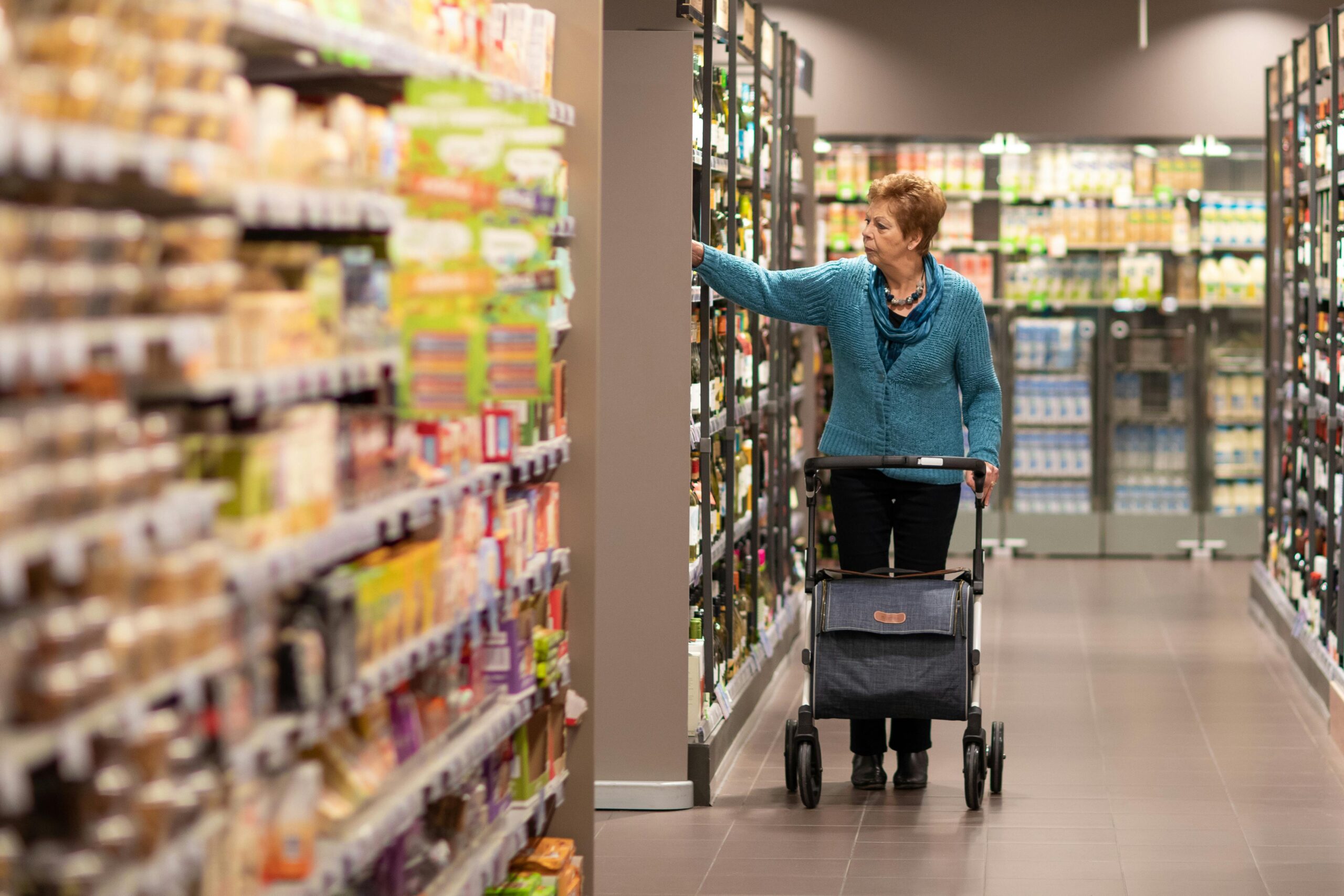Mobile shopping, or m-commerce, has revolutionized the way consumers interact with brands, research products, and make purchases. By 2025, mobile devices have become the primary platform for online shopping, reshaping buying habits, expectations, and decision-making processes. Businesses that adapt to these changes are better positioned to engage customers and drive sales.
1. The Rise of Mobile Shopping
1.1 Mobile Device Dominance
-
Smartphones and tablets account for the majority of e-commerce traffic, surpassing desktop usage in many regions.
-
Consumers expect quick access to products, seamless navigation, and instant purchase capabilities.
1.2 On-the-Go Convenience
-
Mobile shopping enables purchases anytime, anywhere, fostering impulse buying and spontaneous decisions.
-
Features like one-click checkout, digital wallets, and push notifications streamline the buying process.
Graph: Mobile vs. Desktop E-Commerce Traffic (2015–2025)
| Year | Mobile Traffic (%) | Desktop Traffic (%) |
|---|---|---|
| 2015 | 35 | 65 |
| 2016 | 40 | 60 |
| 2017 | 45 | 55 |
| 2018 | 50 | 50 |
| 2019 | 55 | 45 |
| 2020 | 60 | 40 |
| 2021 | 65 | 35 |
| 2022 | 70 | 30 |
| 2023 | 75 | 25 |
| 2024 | 80 | 20 |
| 2025 | 85 | 15 |
2. Impact on Consumer Decision-Making
2.1 Personalized Experiences
-
Mobile apps use AI and machine learning to recommend products based on browsing history and purchase behavior.
-
Personalized suggestions increase conversion rates and customer satisfaction.
2.2 Instant Access to Reviews and Comparisons
-
Consumers can read reviews, compare prices, and check product availability instantly on mobile devices.
-
This transparency leads to more informed purchase decisions and greater brand accountability.
2.3 Influencer and Social Integration
-
Social commerce through mobile platforms allows direct purchases from posts, stories, and live streams.
-
Influencer recommendations and peer reviews influence trust and brand perception.
3. Changes in Buying Behavior
3.1 Increased Impulse Purchases
-
Mobile notifications, limited-time offers, and app-exclusive deals encourage spontaneous buying.
-
Features like one-click purchasing and mobile wallets simplify checkout, reducing friction.
3.2 Preference for Convenience and Speed
-
Mobile shoppers prioritize fast loading times, easy navigation, and quick checkout.
-
Slow or complex apps lead to abandoned carts and lost sales.
3.3 Shift Toward Micro-Moments
-
Consumers make decisions in short bursts of time while commuting, waiting in lines, or multitasking.
-
Retailers optimize for these “micro-moments” with concise product information, visuals, and instant purchasing options.
Graph: Mobile Shopping Behavior Changes (2025)
| Behavior Change | Percentage of Consumers (%) |
|---|---|
| Impulse Purchases | 65 |
| Preference for Speed & Convenience | 80 |
| Social Media-Influenced Purchases | 50 |
| Micro-Moment Decisions | 70 |
| Loyalty to App-Based Brands | 60 |
4. Mobile Payment and Wallet Integration
-
Digital wallets (Apple Pay, Google Pay, Samsung Pay) simplify transactions and enhance security and convenience.
-
Mobile banking and BNPL (Buy Now, Pay Later) options provide flexible payment choices, influencing purchase frequency.
4.1 Increased Trust in Mobile Transactions
-
Secure payment gateways and authentication features reduce fraud concerns.
-
Consumers are more willing to make larger purchases via mobile devices.
5. Mobile Shopping and Brand Engagement
5.1 Push Notifications and Personalized Offers
-
Brands use push notifications to remind, promote, and engage users, increasing retention.
-
Personalized discounts and loyalty rewards enhance brand loyalty.
5.2 Gamification in Mobile Apps
-
Loyalty points, challenges, and in-app achievements encourage repeat purchases.
-
Gamification makes shopping interactive and enjoyable, increasing engagement.
5.3 Mobile-First Content
-
Videos, interactive images, and AR try-ons enhance the product experience on mobile.
-
Users engage longer and are more likely to convert when content is optimized for mobile.
Graph: Mobile Engagement Strategies and Effectiveness
| Strategy | Engagement Impact (1–5) |
|---|---|
| Push Notifications | 4 |
| Gamification | 5 |
| Personalized Offers | 5 |
| AR / Interactive Content | 4 |
| Social Integration | 4 |
6. Future Trends in Mobile Shopping (2025 and Beyond)
-
AI-Driven Hyper-Personalization: Advanced algorithms offer real-time, tailored experiences.
-
Augmented Reality Shopping: Mobile AR allows customers to visualize products in their environment.
-
Voice Commerce: Integration with voice assistants for hands-free shopping.
-
Seamless Omni-Channel Experience: Synchronizing mobile apps with physical stores, social media, and desktop platforms.
-
Sustainable and Ethical Shopping: Mobile apps highlight eco-friendly and socially responsible products, influencing purchase decisions.
Conclusion
Mobile shopping is fundamentally changing consumer behavior, from decision-making and engagement to purchasing habits and brand loyalty. By 2025, consumers expect instant, personalized, and immersive mobile experiences, while businesses must leverage AI, AR, gamification, and social integration to stay competitive.
The shift toward mobile-first commerce emphasizes speed, convenience, and engagement, making mobile devices a critical driver of sales, brand loyalty, and overall consumer satisfaction in the modern digital economy.







Leave a Reply